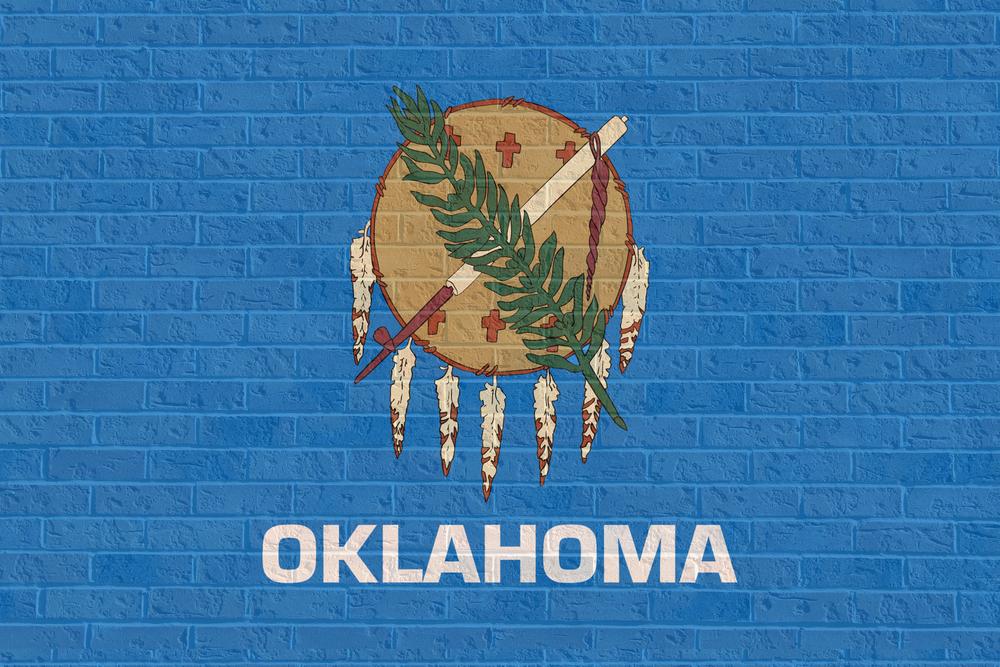Exploration & Production | Drilling / Well Results
BNK's New Techniques Cut Well Costs in Okla. Ardmore Basin; Talks 2014

BNK Petroleum Inc. has reported an update on its Oklahoma - Tishomingo Field operations.
BNK's strategy for its 2013 Caney drilling program was to prove the productivity of the Caney formation in our Tishomingo field. The Company's efforts were focused on increasing the oil rate of each consecutive well, reducing drilling time and cost, testing the optimal lateral placement within the formation and optimizing the fracture stimulations. These goals have been successfully achieved.
Recently, in the Wiggins 12-8H, (96.5% working interest) the Company also focused on reducing completion costs by testing various fracture stimulation techniques. This work has contributed to a dramatic reduction in future estimated completion costs, as discussed below.
The Wiggins 12-8H, while still recovering stimulation fluid from its fracture treatment, has been steadily improving, with a recent 24 hour production rate of 300 Barrels of oil per day (BOPD) or 420 Barrels of oil equivalent per day (BOEPD). Due to technical issues encountered during the drilling of the Wiggins 12-8H and the testing of different fracture stimulation techniques, only 2,600 feet of lateral was effectively stimulated - approximately half the effective length planned in our Caney wells. Most importantly, on a net stimulated stage basis, oil production from this shorter lateral is comparable to the production from the Barnes 7-2H well.
Our previously completed well, the Barnes 7-2H (98.1% working interest) had a 30 day oil rate of 406 BOPD (520 BOEPD) and a 24 hour peak rate of 520 BOPD (750 BOEPD). This was the Company's first well which targeted the lower Caney interval and, despite a completion interval 15% shorter than previous wells, is producing at higher oil rates and significantly slower decline rates than previous wells placed in the Transition zone. The Company plans to return to the Barnes 7-2H well to stimulate the remaining 15% of the lateral.
BNK rig released its Leila 31-2H well (100.0% working interest) in a record 17 days and has initiated the fracture stimulation of 7 of the 33 planned stages. The completion is utilizing one of the new fracture stimulation techniques successfully tested in the Wiggins 12-8H well. The initial seven stages will be flowed back to fully evaluate the results prior to continuing with the fracture stimulation of the rest of the lateral.
Incorporating the significant improvement in drilling times and cost and the new stimulation technique, the Company expects that its future Caney wells will be approximately $8 million to drill and complete. The drilling rig has been released while the Company awaits the final core work from the Barnes 7-2H well and the results of the Leila 31-2H stimulation. The Company plans to begin its 2014 drilling program in the second quarter. Over the next few months the Company also plans to finish stimulating the remaining stages in the Barnes 7-2H and the Leila 31-2H wells. The Company's net year-end exit rate was approximately 1,040 BOEPD of which 635 barrels a day were oil with current net production at 1,415 BOEPD. The Company's net prospective Caney acreage totals about 14,880 acres.
Wolf Regener , President and Chief Executive Officer commented, "I am very pleased with the progress our team has made this past year in reaching our U.S. goals. The reduction of well drilling times, the refinement of the placement of the laterals and optimization of the completions has led to our now being able to drill much cheaper wells, with much lower decline rates and have a higher percentage of oil in the production mix. In our last two wells, approximately 70 percent of the production is oil versus about 50 percent in previous wells. A higher mix of oil in our production stream leads to higher netbacks in the current pricing environment".


